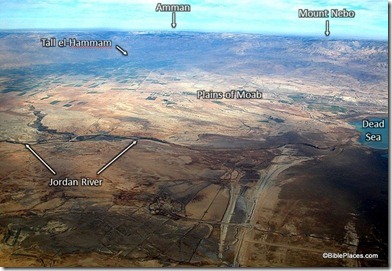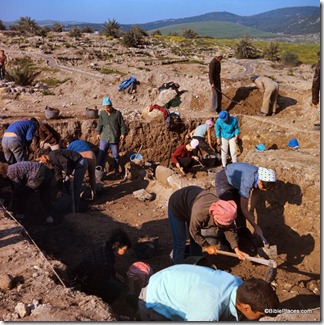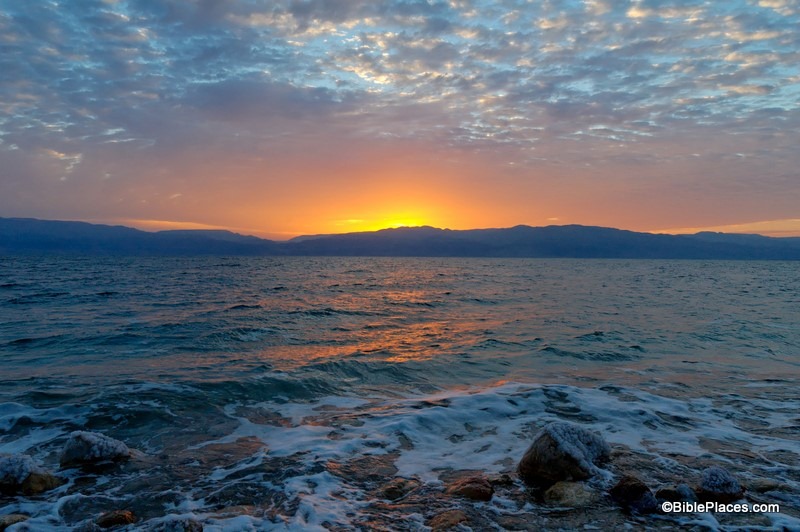The proceedings of a conference at Haifa University in 2010 will soon be available in a 620-page book entitled The Ancient Near East in the 12th–10th Centuries BCE: Culture and History, edited by Gershon Galil, Ayelet Gilboa, Aren M. Maeir, and Dan’el Kahn.
Some chapters of particular interest to readers of this blog may include:
Walter Dietrich, David and the Philistines: Literature and History
Gershon Galil, Solomon’s Temple: Fiction or Reality?
Yosef Garfinkel, Saar Ganor and Michael G. Hasel, The Iron Age City of Khirbet Qeiyafa after
four Seasons of Excavations
Moti Haiman, Geopolitical Aspects of the Southern Levant Desert in the 11th–10th Centuries BCE
Larry G. Herr, Jordan in the Iron I and IIB Periods
Victor Avigdor Hurowitz, Yhwh’s Exalted House Revisited: New Comparative Light on the Biblical Image of Solomon’s Temple
Dan´el Kahn, A Geo-Political and Historical Perspective of Merneptah’s Policy in Canaan
André Lemaire, West Semitic Epigraphy and the History of the Levant during the 12th–10th
Centuries BCE
Aren M. Maeir, Insights on the Philistine Culture and Related Issues: An Overview of 15 Years of Work at Tell es-Safi/Gath
Troy Leiland Sagrillo, Šîšaq’s [Shishak’s] Army: 2 Chronicles 12:2–3 from an Egyptological Perspective
Ephraim Stern, Archaeological Remains of the Northern Sea People along the Sharon and Carmel Coasts and the Acco and Jezrael Valleys
Christoffer Theis and Peter van der Veen, Some “Provenanced” Egyptian Inscriptions from Jerusalem: A Preliminary Study of Old and New Evidence
And there is much more.
HT: Jack Sasson




